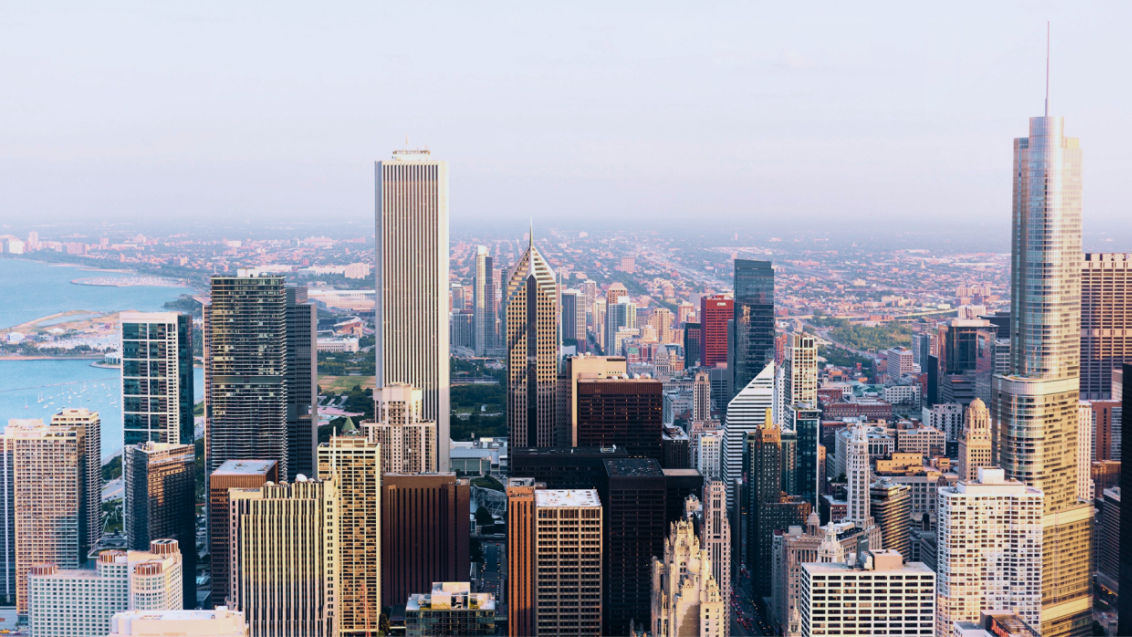

March 1, 2023 | Patti Zullo, Senior Director, Smart City Solutions, Spectrum

Over the years the curb has become more than just a place for parking cars. It’s now home to pick-up and drop-off areas for ridesharing and delivery apps, commercial loading zones, bike and scooter lanes, transit stops, and even parklets for outdoor dining. The curb has become a vital, finite community space, making it one of the most extensive and valuable pieces of real estate in a city.
The increasing demands for city curbs have added challenges for city leaders when it comes to congestion, safety, and equity. Without designated spaces, vehicles, bikes, or scooters can block travel lanes and sidewalks, causing delays and safety hazards.
With everyone clamoring for this precious real estate, there is growing recognition that there are unprecedented opportunities for cities to leverage data to transform the way they manage the curb.
While no two cities are the same, below we’ve detailed three steps city leaders can take to create a roadmap for curb management for a safer, more efficient, and more profitable use of curbs throughout the city.
1) Understand needs
The first step in developing a curb management roadmap is to understand the needs of the community. Education and citizen outreach should occur throughout the development process, but it is especially important at this stage. Gathering input from multiple perspectives—including business owners, city planning, and community leaders—is crucial to gain the necessary support to pass new policies.
2) Collect data
Once city leaders have engaged the community and understand their needs, the next step is to collect data to determine current curb activity and understand how the curb is used throughout the day. Internet of Things (IoT) devices such as cameras and sensors can be paired with parking meters to compare real-time data with parking and travel data. Once this data is collected, it can be ingested and analyzed to produce data visualizations within a dashboard from which city leaders can derive insights. This will enable city leaders to effectively gain real time insights on statistics such as parking occupancy, ride-hailing dwell times, and scooter parking.
By collecting data by the minute, instead of by the hour, city leaders can ensure they capture all activity—including quick drop-offs and deliveries—for more a more precise view of how the space is used throughout the day. Analyzing this real-time data gives city leaders an understanding of what vehicles are using the curbside for what purpose, allowing them to determine policies that can enhance the safety and efficiency of parking and traffic flow while monetizing the space.
3) Define strategy
With community input, priorities and data in place, city leaders can confidently define their curb management strategy. Data analysis will reveal how to prioritize the curb based on demand to eliminate conflicts and provide flexibility in the best scheduled use of the curb. For example, during morning and evening rush hours, people movement might be best prioritized, with deliveries paused to make way for buses, ride hailing, bikes, and pedestrians. While early morning and overnight might be better times to prioritize commercial loading.
Regardless, defining a curb management strategy will require city leaders to consider everything they will need for curb allocation based on community needs and data, whether it’s more pickup and drop-off zones, transit stops, bus lanes, short-term parking, commercial loading zones, or electric-vehicle charging. This is also where city leaders should consider the tools, technology, and partnerships required to implement the strategy.
A common curb
There’s no doubt, curb management is a journey. And while every city is at a different stage based on its density, infrastructure, and demand for curb access, each journey has one big thing in common: the need to account for the transitory nature of our curb uses and needs. That's because curbs are no longer limited to parking—they are a vibrant link to the community—making them one of the most extensive and valuable pieces of real estate that can improve traffic, monetize parking, and boost safety throughout a city.
Speak WITH a Spectrum Smart Cities Expert

